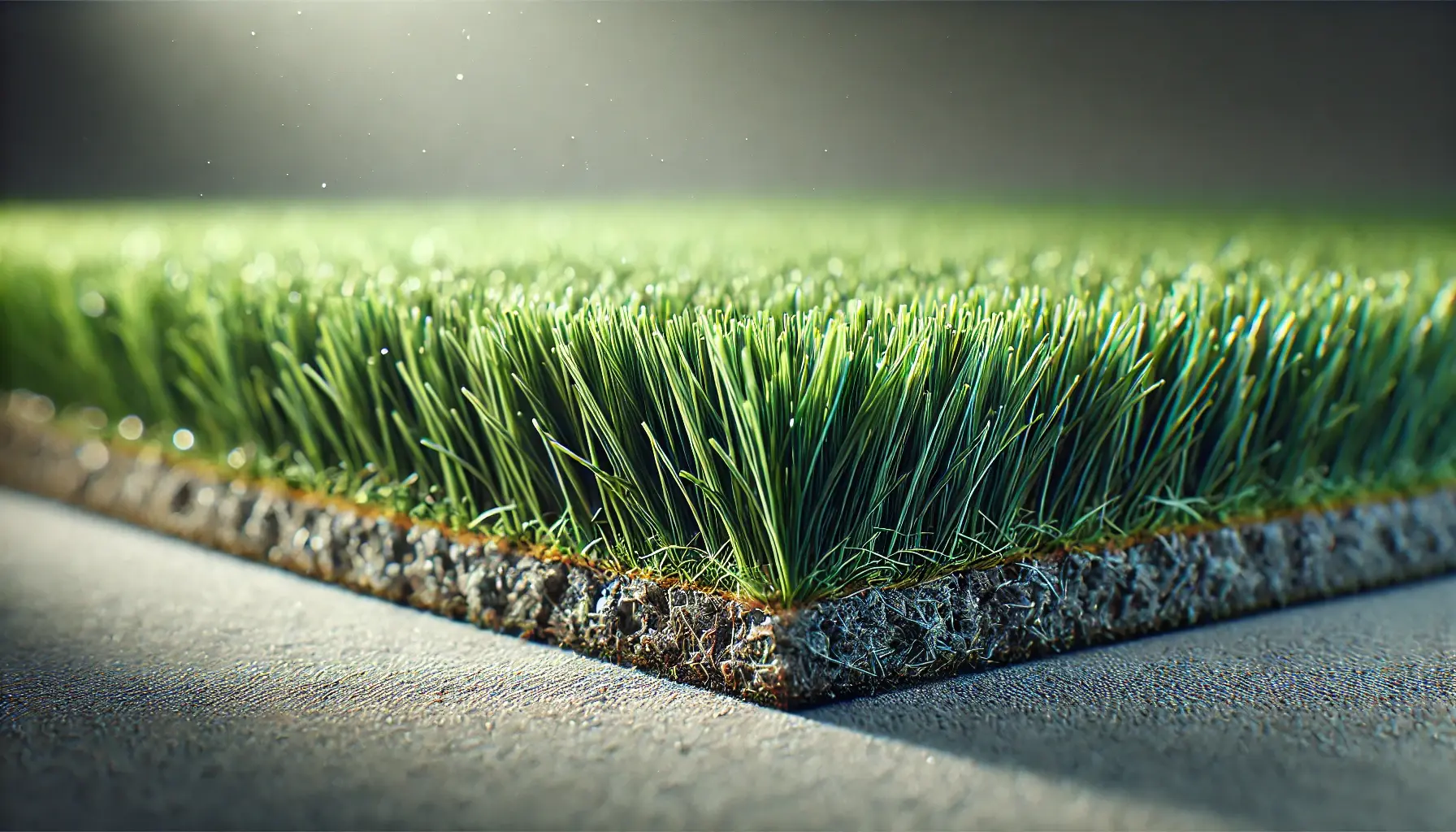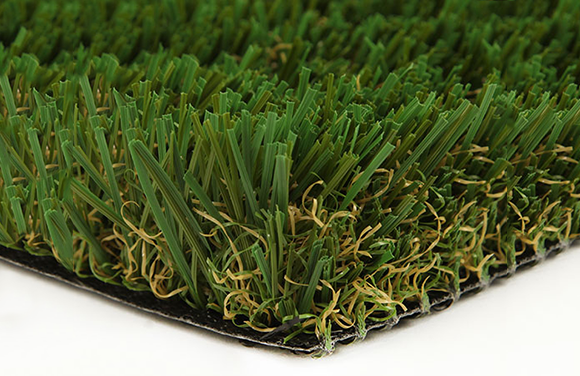Top Phoenix Turf Companies Delivering High-Quality Synthetic Grass Options
Top Phoenix Turf Companies Delivering High-Quality Synthetic Grass Options
Blog Article
Look Into the Environmental Benefits of Opting for Synthetic Grass Solutions
The adoption of man-made grass solutions presents an engaging possibility to attend to pressing environmental challenges. By considerably lowering water usage and reducing the application of harmful chemicals, these alternatives not only promote sustainable landscaping but additionally safeguard neighborhood ecological communities.
Water Conservation Advantages
One of one of the most significant benefits of synthetic lawn is its ability to preserve water. Standard yard yards require considerable irrigation, specifically in locations prone to dry spell or water restrictions. On the other hand, synthetic grass does not need watering, dramatically reducing the general demand for water resources. This function is specifically useful in deserts where water deficiency is a pushing problem.
By getting rid of the demand for normal watering, synthetic grass adds to sustainable landscape practices and assists minimize the environmental influence of too much water usage. The preservation of water expands to the decrease of drainage, which can lead to dirt disintegration and waterway contamination.
In addition, the installation of synthetic grass enables towns and property owners to assign water sources much more efficiently, focusing on necessary usages such as drinking water and agriculture. The change in the direction of synthetic grass not only advertises accountable water use yet additionally lines up with more comprehensive environmental goals focused on protecting natural deposits.
As communities significantly focus on sustainability, the water conservation benefits of fabricated lawn present an engaging case for its fostering in industrial and property landscape design tasks.
Reduced Chemical Usage
The transition to fabricated turf considerably decreases the dependence on chemical therapies generally used in all-natural turf maintenance. Conventional grass monitoring usually involves the application of herbicides, chemicals, and plant foods to advertise growth and control pests. These chemicals can position threats to human health, regional wildlife, and the atmosphere, adding to dirt and water contamination.
In contrast, man-made turf removes the need for these harmful substances. By reducing the release of synthetic compounds right into the environment, man-made grass promotes healthier soil and water systems.
Furthermore, the lack of chemical drainage related to synthetic grass installations aids secure regional rivers from pollution, sustaining marine life and keeping biodiversity. Artificial turf companies phoenix. As areas progressively focus on sustainable techniques, opting for synthetic grass presents a sensible remedy that straightens with ecological conservation goals. Via this shift, residential or commercial property proprietors can take pleasure in lavish environment-friendly spaces without compromising environmental wellness, leading the means for an extra sustainable future
Reduced Carbon Footprint

Moreover, the setup of man-made lawn can result in substantial water preservation. Natural grass call for considerable amounts of water for irrigation, which not just includes in the carbon footprint linked with water extraction and therapy but additionally pressures local water resources. On the other hand, artificial turf needs marginal upkeep, needing no watering, thus significantly reducing water use and its associated energy costs.
Additionally, the longevity of man-made turf contributes to its decreased carbon effect. With a lifespan of as much as 15 years or more, the demand for constant substitutes is decreased, resulting in much less waste and lower energy consumption in manufacturing and getting rid of conventional grass options. In general, synthetic grass offers a sustainable option for eco conscious landscaping.
Habitat Preservation
Environment conservation is a vital consideration in the discussion over landscaping selections, specifically when comparing synthetic grass to natural grass. All-natural turf yards commonly require comprehensive maintenance, including using chemicals, herbicides, and plant foods, which can adversely influence regional environments. These chemicals can seep right try this website into the soil and waterways, hurting indigenous flora and animals and interfering with local environments.
On the other hand, synthetic grass offers a possibility to minimize the ecological impact of landscaping. By choosing artificial turf, homeowners can lessen the disruption of natural habitats connected with traditional lawn care methods. Man-made grass gets rid of the need for unsafe chemicals, consequently shielding close-by wild animals and keeping the honesty of surrounding ecological communities. The installation of artificial grass can lead to the conversion of former grass areas right into even more biodiverse landscapes, such as pollinator gardens or indigenous plant areas, which can sustain local wildlife.
Inevitably, the transition to synthetic grass not only conserves water and decreases maintenance initiatives however additionally promotes an extra harmonious partnership between human tasks and the native environment, advertising environment preservation in the procedure.
Long-Term Sustainability
Long-term sustainability is an important element in assessing the advantages of man-made grass over standard grass lawns. One of one of the most considerable benefits of synthetic grass is its longevity; it can last up to 15-20 years with minimal upkeep, whereas natural grass needs constant reseeding and substitute. This longevity lowers the need for continuous resources, such as water, fertilizers, and pesticides, which are vital for keeping a healthy and balanced turf lawn.
Furthermore, man-made grass adds to a decrease in carbon discharges connected with yard care equipment. Conventional grass informative post typically require gas-powered mowers, trimmers, and blowers, all of which contribute to air contamination. Arizona artificial turf. In comparison, man-made turf eliminates the need for such equipment, promoting a cleaner setting
Furthermore, the manufacturing of synthetic grass progressively makes use of recycled materials, boosting its sustainability account. As suppliers embrace green practices, the environmental impact of synthetic grass continues to diminish.

Conclusion
The adoption of fabricated lawn remedies provides considerable environmental benefits, including substantial water conservation, reduced reliance on harmful chemicals, and a reduced carbon footprint. Artificial grass aids in maintaining natural environments by decreasing land disturbance and advertising long-lasting sustainability via the usage of resilient products. Collectively, these aspects emphasize the capacity of synthetic turf to contribute positively to environmental wellness and use a viable choice to traditional landscape design techniques in an increasingly resource-conscious world.
In contrast, fabricated grass does not need watering, substantially reducing the total demand for water sources. By decreasing the release of synthetic substances right into the environment, artificial lawn promotes much healthier dirt and water systems.
Moreover, the installation of fabricated grass can result in substantial water conservation. In comparison, artificial grass requires marginal maintenance, requiring no watering, consequently considerably decreasing water use and its associated energy prices.

Report this page